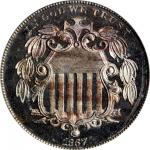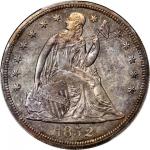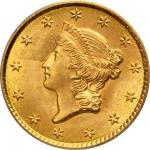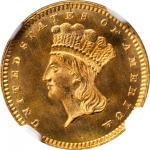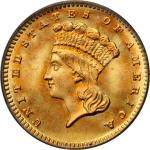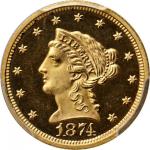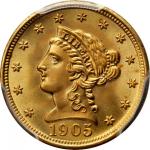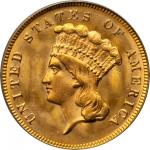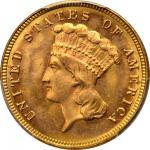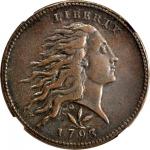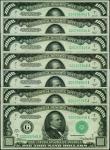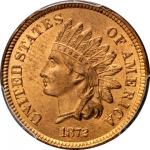This beautiful Gem displays full, vivid, light orange luster in a soft satin texture. The strike is needle sharp striking detail and the surfaces are exceptionally smooth and appealing. This is an extremely challenging issue among early bronze Indian Head cents. As this catalog will be read by a number of new clients, we use this opportunity to discuss Indian Head cents in general: One of the most popular and widely collected series in all of United States numismatics, the Indian Head cents made their debut in 1859 with mintages of both Proofs and circulation strikes from the Philadelphia Mint. Designed by Chief Engraver James Barton Longacre, the Indian cent is actually misnamed since the obverse design features a rendition of Liberty wearing a feathered Native American headdress. According to noted Flying Eagle and Indian cent authority Rick Snow ( The Flying Eagle & Indian Cent Attribution Guide, 3rd Edition, Volume 1: 1856-1877, 2014), the portrait that Longacre used for the Indian cent evolved from his Liberty portrait introduced in 1849 on the gold dollar and double eagle. The band of the headdress is inscribed LIBERTY, and the only other obverse design elements are the legend UNITED STATES OF AMERICA around the periphery and the date below the bust. The initial regular issue reverse design of 1859 features a laurel wreath, which was actually intended to be an olive wreath, although Mint Director James Ross Snowden refers to it as a laurel wreath in his 1860 Mint Manual. This design was short lived, being replaced in 1860 with a wreath of oak and olive leaves with a small shield atop. On both types the wreath surrounds the denomination ONE CENT. Apart from the aforementioned change to the reverse in 1860, the basic design of the Indian Head cent remained the same until supplanted in 1909 by Victor David Brenner s equally popular (among today s collectors) Lincoln cent. A major composition change came in 1864 with the transition from copper-nickel to bronze. The Indian Head cent series has its fair share of absolute and condition rarities. In the former category are issues and varieties such as the 1869/9, 1873 Doubled LIBERTY, 1877, 1888/7, 1894 Doubled Date, 1909-S, and the scarce Shallow N reverse hub varieties of 1870 to 1872. One of the prime condition rarities is the 1872, both the Shallow N and Bold N hub varieties, with the Shallow N the rarer of the two. The original mintage of 4,042,000 pieces is relatively low for a circulation strike Indian cent, and the 1872 is actually a scarce coin in all grades. It was produced during an era when there was little to no contemporary numismatic interest in such coins, with few being saved and most circulating until worn out or lost. Among Mint State survivors, BN and RB color designations are the norm, with full Red examples, as here, rare and seldom offered. This remarkable Gem is noteworthy for the overall sharpness of strike on both sides. Most extant 1872 cents are softly defined with incomplete definition in one or more areas due to having been struck through debris adhering to the dies or planchet. This splendid strike and condition rarity would serve as a highlight in the finest Indian cent collection. , Est. $15,000-$25,000

